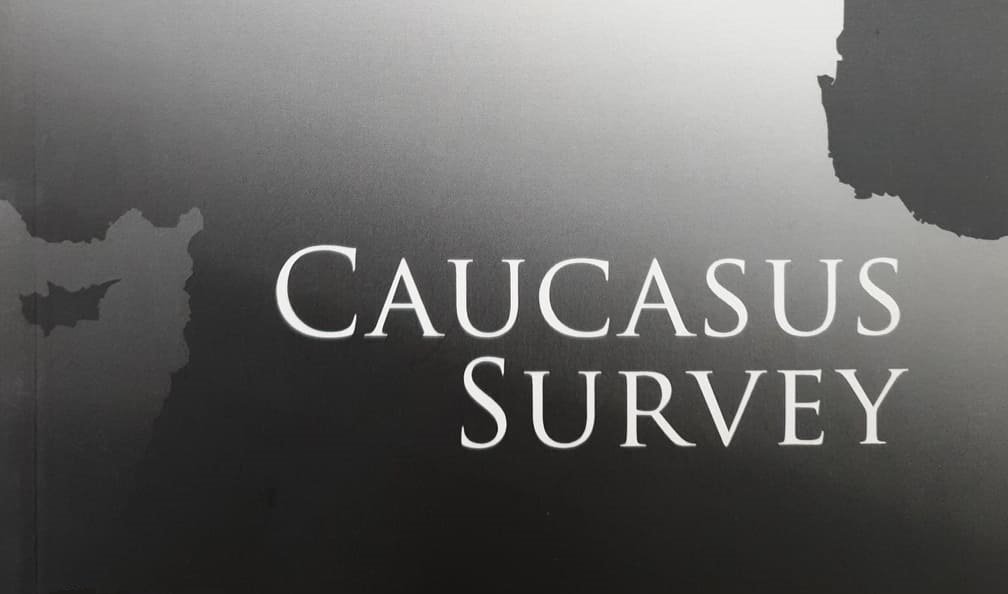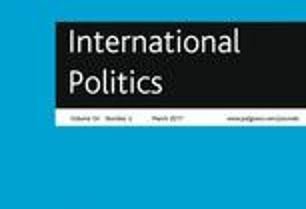(Caucasus Survey) Abstract: The article analyzes the evolution of Russia’s policy in secessionist conflicts in the post-Soviet space in 1991–2018. The authors differentiate the patterns of Russian policy between the “first” and “second” generation of frozen conflicts. The “first generation” includes four conflicts of an ethno-linguistic nature that arose out of the collapse of the USSR in the early 1990s (Abkhazia, South Ossetia, Pridnestrov’e and Karabakh). Most commentators interpret Russia’s actions in the “second generation” conflicts as centralized, directly controlled by the president of Russia, and driven by Russia’s opposition to NATO expansion, and some extend this logic back to the conflicts of the 1990s. However, this article argues that this was not true of Russian policy for the “first generation” conflicts in the early 1990s. In that period the policies of the Yeltsin administration were a product of struggle of different forces both in Moscow and outside of it. The “first generation” conflicts all primarily originated as a result of local grievances. Gradually, shifts in the broader geopolitical landscape in Eurasia, especially the growing confrontation between Russia and the West, led to a reconfiguration of the logic of these conflicts, turning them into the elements of Russian-Western geopolitical opposition.
Read More © Caucasus Survey
Co-authors: Andrei A. Kazantsev, Svetlana M. Medvedeva, Ivan A. Safranchuk
Caucasus Survey











